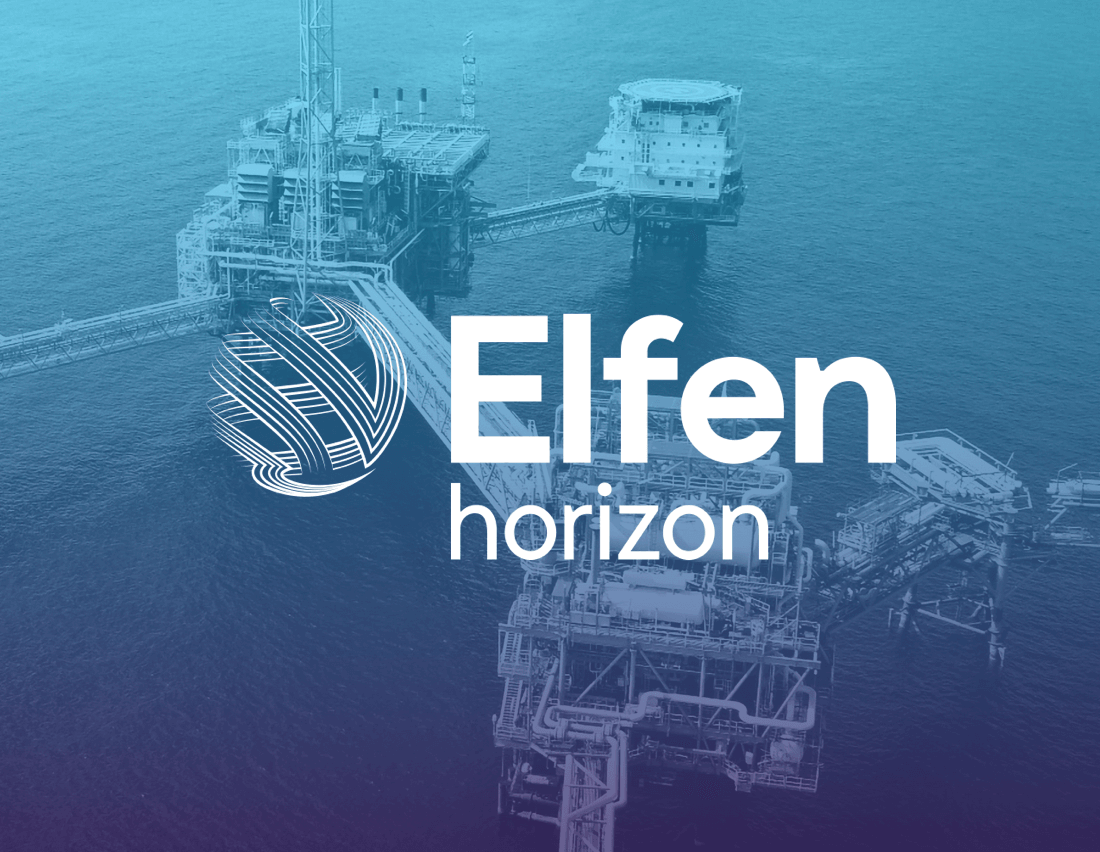Drilling through zones of elevated pore pressure can lead to narrow mudweight windows and, if unforeseen and unmitigated, cause wellbore instability or pressure kicks. These risks are particularly prevalent in exploratory wells where information on subsurface geology and the stress / pore pressure regime is often limited to seismic inversion.
Industry standard velocity-based pore pressure prediction methods (e.g. Bowers, Eaton) assume disequilibrium compaction under uniaxial conditions. However, more sophisticated velocity-based methods can be employed in complex settings (e.g. near salt structures or under tectonic compression), whereby predictions are based on the full stress tensor, obtained through geomechanical modelling.
Rockfield’s integrated seismic field characterisation / definition and pore pressure prediction workflow, housed within the Elfen Horizon software, facilitates rapid generation of complex, 2D or 3D static geomechanical models (e.g. comprising clastic stratigraphy and salt) directly from seismic velocity data (SEG-Y). The models compute field-wide pore pressure predictions; a range of outputs and assessment tools are available to aid well planning, evaluate drilling risks and inform wellbore / casing design.
Elfen Horizon has integrated seismic field characterisation / definition and pore pressure prediction workflow
Features and Benefits
- Generate complex 2D / 3D static geomechanical models directly from seismic velocity data
- Define material parameters from seismic velocity via user-defined empirical functions
- Initialise the model to present-day conditions and solve for field-wide static equilibrium
- Predict pore pressures directly from seismic velocity data via the Vertical Effective Stress (VES) method (e.g. Bowers, Eaton)
- Predictions based on the geomechanics-derived full stress tensor via the Mean Effective Stress (MES) or Full Effective Stress (FES) methods
- Present key results as intuitive plots to aid well planning, evaluate drilling risks and inform wellbore / casing design
Our Software
Elfen’s flexibility and modelling power has allowed it to be successfully utilised in a wide range of industries. We have developed specialist software modules to cater towards your specific industry.

Elfen Horizon
Using our geomachenical finite software Elfen Horizon offers an efficient and intuitive UI and analysis tool to gain an understanding of the subsurface material and stress state. Application to predict static/dynamic response of subsurface at reservoir scale and through the utilization of coupled processes.
learn more
